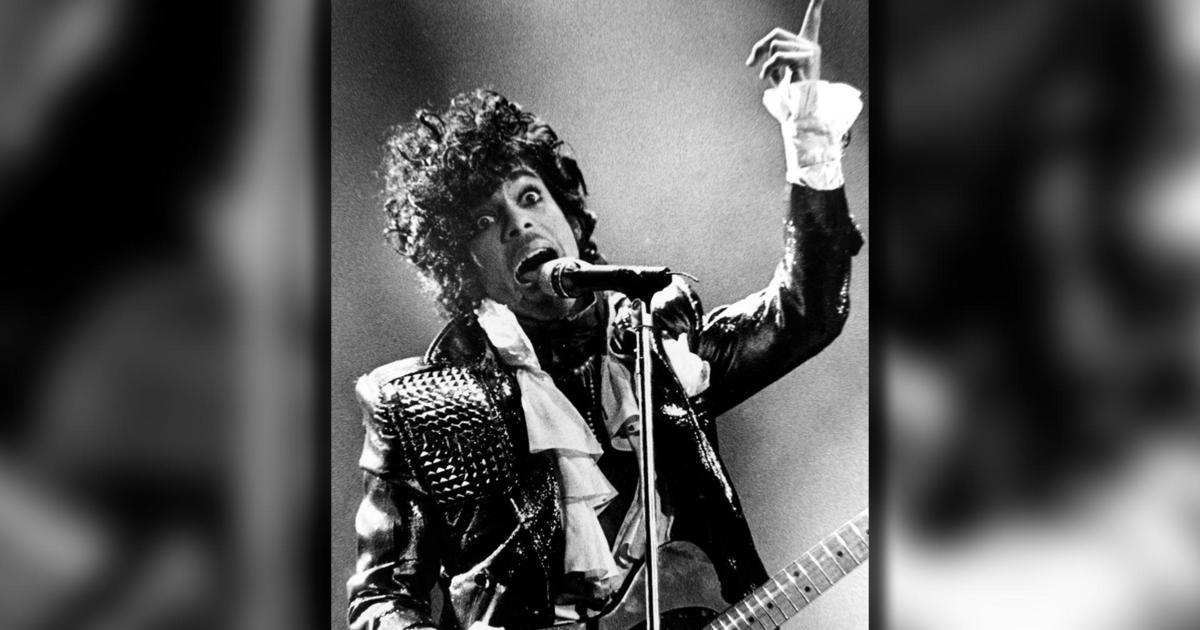Behind The Scenes With DEA Agents Tracking Overdose Sources
MINNEAPOLIS (WCCO) -- In recent years, more Minnesotans have died from opioid overdoses than from car crashes. The numbers are staggering and the stories all too familiar to the agency on the epidemic's front lines.
The Drug Enforcement Administration is tasked with trying to control the supply while cutting back on the deadly demand.
Only on WCCO, Liz Collin traveled to the DEA's division headquarters in Omaha to see how they track down the source of an overdose.
"Minnesota's got a bigger opioid problem than the other states in our division," Special Agent in Charge Richard Salter said.
A nondescript building nearly 400 miles from the Twin Cities oversees drug enforcement efforts across the northern Great Plains.
"This problem has been creeping up on us," Salter said.
Salter has watched opioid addictions take hold in doctors' offices only to spill onto the streets as new government oversight has forced prescription rates for pain pills to fall.
"Pain pills are just pharmaceutical heroin," he said.
"When you reduce that supply, the illicit supply opens up," Salter added.
Special Agent James Wall shows us how easy it is for a handmade pill press to produce dangerous consequences.
"The powder goes in here -- that's going to be the active ingredient," Wall said. "Then there's a press that comes down into that hole, mashes it down."
"That's part of the problem here there's no consistency like a legitimate pill from a pharmacy," Wall added.
Agents seized a machine he showed us from a man's basement after connecting his drugs to an overdose. But much larger operations have been busted before, like when dozens of motorized presses were caught mid-shipment from overseas.
"If they get the right dyes, the right marks on the compressor and everything. It looks exactly like a pill they could go buy in a pharmacy," Wall said.
At the scene of an overdose, those markings will head to a lab where forensic chemists examine medicine left behind. The same way a bullet from a crime scene can lead investigators to answers.
It can be a bit of a search for a needle in a haystack to hold the pill producer accountable.
"Sometimes, we'll take something minuscule like maybe a few dozen, but we'll also get thousands of pills sometimes. That's where something like this comes in a little more handy," Wall said as he uses a pill counting machine.
As for the ingredients inside, Salter points to the Mexican border. The DEA says 90% of the heroin in the U.S. comes from that country.
"For us, it's never been political. I've been saying we need to control our Southwest border for 20 years. If we can control the border, we can control the drug trade," Salter said.
But it's fentanyl produced in China that is perhaps the biggest concern. It only takes a tiny spec to kill someone.
The DEA has intercepted large bags and bricks of the drug in the past.
"I mean enough to wipe out an entire city so if this was ever weaponized, it would be horrible," Salter said.
At this point, the DEA doesn't believe the crisis has peaked. As legitimate pain prescriptions have sent so many on a dangerous path, it's estimated more than 500 try heroin for the first time every day -- 80% started with an opioid prescription.
"I feel really bad for these people who never intended to become drug addicts. Until there is adequate treatment in this country for these people, we're going to continue to have this problem. We do need treatment," Salter said.
Salter recognizes his agents can only do so much in their roles, trying to break up the deadly game of Russian roulette played one pill at a time. Prescription monitoring programs allow doctors to see patients' prescribing histories before they prescribe pills. Only 10 programs existed a few years ago. Forty-nine states have them now including Minnesota and Wisconsin.



